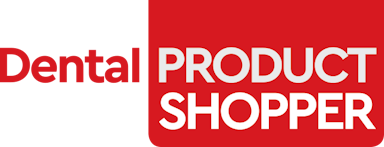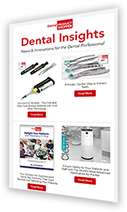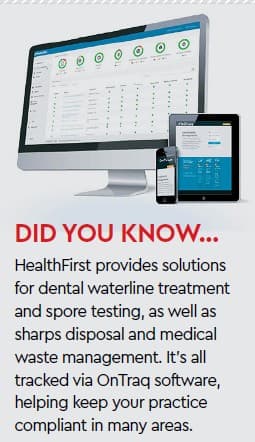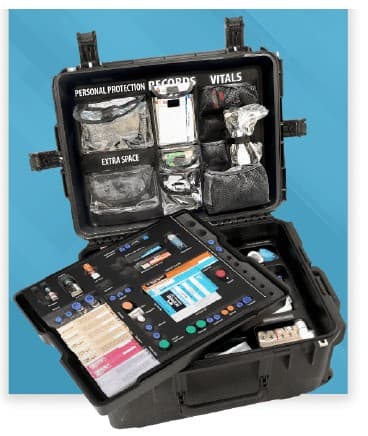Being aware of what medications your patients are taking—and why—can help you avoid emergencies, as well as determine the best course of action when an emergency strikes
The Right Tools to Stay Prepared
No matter how much you know about your patients, you’ll still have to deal with medical emergencies in your practice at some point—it’s just a question of when. You must be prepared, and that includes CPR training for all team members, creating an emergency response plan, conducting regular drills, and having the right equipment and medications at the ready.
HealthFirst provides education on emergency preparedness and offers various emergency medical kits to help ensure you can respond quickly when patients are in distress. The STAT KIT® Emergency Medical Kits keep devices and medications organized in one mobile case, so you can easily find everything you need.
The kits range from basic medication kits that contain essential non-IV medications to more advanced kits that include common ACLS medications and devices, essential for clinicians who provide sedation dentistry. Every kit comes with 7 basic medications, including an AUVI-Q epinephrine auto-injector, glucose, diphenhydramine, aspirin, albuterol, nitroglycerin, and naloxone. HealthFirst tracks each medication using its OnTraq software, allowing you to easily view kit status, medication expiration dates, lot numbers, national drug backorder status, and upcoming medication replenishment shipments.
It's About Saving Lives
HealthFirst is committed to educating and preparing dental teams to properly handle medical emergencies. Being unprepared could “leave you in a situation when you’re not practicing under the appropriate standard of care,” Dr. Cohen said. These kits have become the standard, and without them and the proper training, “horrible things” could happen in your practice.
“Being prepared makes all the difference in the world,” Dr. Cohen said. “My goal is to save lives. When I ask new hires what they do and they tell me they pick and pack the meds, I tell them, 'No, you don’t—you save lives.' No matter what you do in our company, you’re involved with saving lives.”






